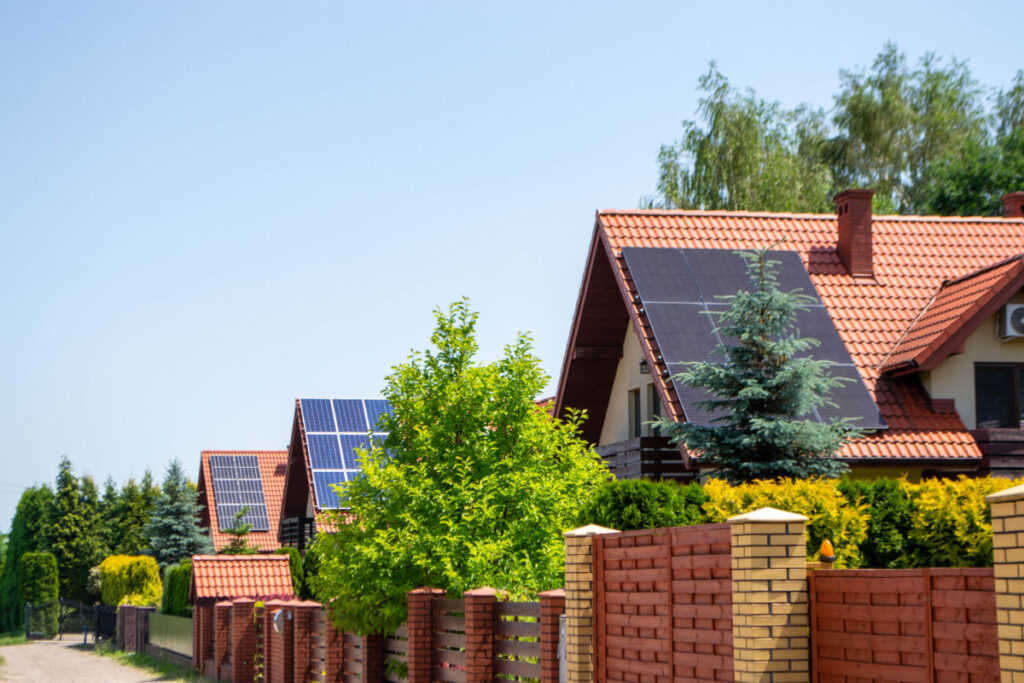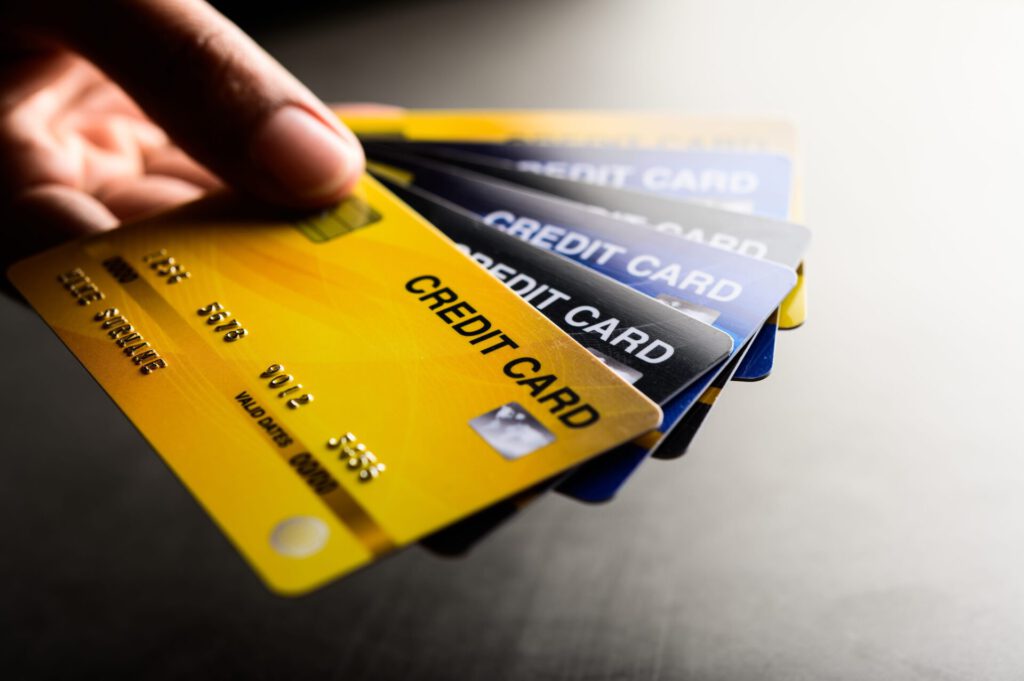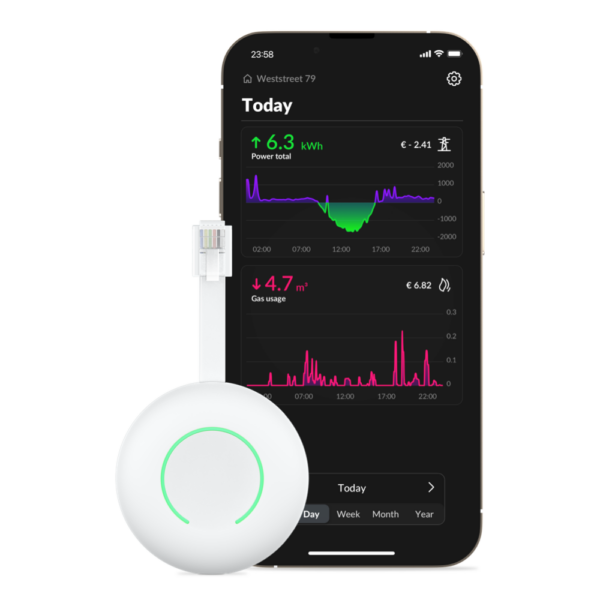Solar energy has gained popularity as a sustainable and economical option for homeowners. With the increasing installation of solar panels, the question arises: how is the generated and unused energy handled? This is where salderingsregeling comes into play, a crucial element for those opting for solar energy in the Netherlands.
If you are considering installing solar panels on your home or already have them, it is essential to understand how salderingsregeling works. This regulation can have a significant impact on your finances and the way you harness solar energy. In this blog post, we’ll provide you with a comprehensive guide to salderingsregeling so you can make informed decisions about your solar energy system.
What is Solar Panel Salderingsregeling?
Salderingsregeling is a mechanism that allows solar panel owners to offset the energy they generate with their solar panels and the energy they consume from the grid. Basically, it allows you to “sell” the excess energy you generate to the grid and receive credits for that energy, which you can then use when you need energy from the grid.

How does Salderingsregeling work?
To better understand how this works, let’s look at a practical example:
- Solar Energy Generation: The Perez-Verstappen family has 8 solar panels that produce 400 kilowatt-hours (kWh) each per year, for a total of 3200 kWh.
- Self-consumption: Of this generated energy, the family uses 1200 kWh.
- Sale of Surplus: The remaining 2000 kWh are sold to the electricity grid.
- Net Consumption: The Perez-Verstappen family also consumes electricity from the grid, approximately 2500 kWh per year.
- Balance and Billing: The household will pay the energy supplier only for the net balance, i.e. the difference between what is consumed from the grid and what is sold to the grid. In this case, it will only pay for 500 kWh.
What if I generate more energy than I consume?
If you produce more energy than you consume and cannot use these credits, some electricity companies offer financial compensation for the surplus energy, this is known as terugleveringvergoeding.
Requirements and Procedures for Salderen
To take advantage of salderingsregeling, it is important to meet certain requirements and follow certain procedures:
- Melding: You must inform your energy supplier about your intention to participate in salderingsregeling.
- Inverter certification (Omvormer): Make sure that the inverter of your solar system is certified. Check the list of certified inverters on the designated website.
- Use of the Same Connection: Energy must be consumed and sold through the same grid connection.
The Future of the Salderingsregeling
Although it was planned to be phased out by 2025, the Eerste Kamer has voted against this plan, which means that the salderingsregeling will remain in place for the time being. However, it is possible that it will be modified or phased out in the future, so it is important to stay informed about any changes to the regulation.
Maximising the Use of Solar Energy
As salderingsregeling may change in the future, it is important to maximise self-consumption of the energy you generate with your solar panels. This means using solar energy directly in your home whenever possible, for example, by programming your appliances to run during peak solar production hours.
One way in which this can be achieved is by using HomeWizard smart plugs, for example. You can read more about these devices at HomeWizard meters: a smart way to save energy and water.
You may also consider investing in energy storage systems, such as household batteries, to store excess energy for later use when needed.
Conclusions
The salderingsregeling has been instrumental in making solar energy more accessible and cost-effective for homeowners in the Netherlands. However, its future is subject to regulatory changes. Therefore, it is essential to stay abreast of updates and maximise the use of solar energy efficiently.



